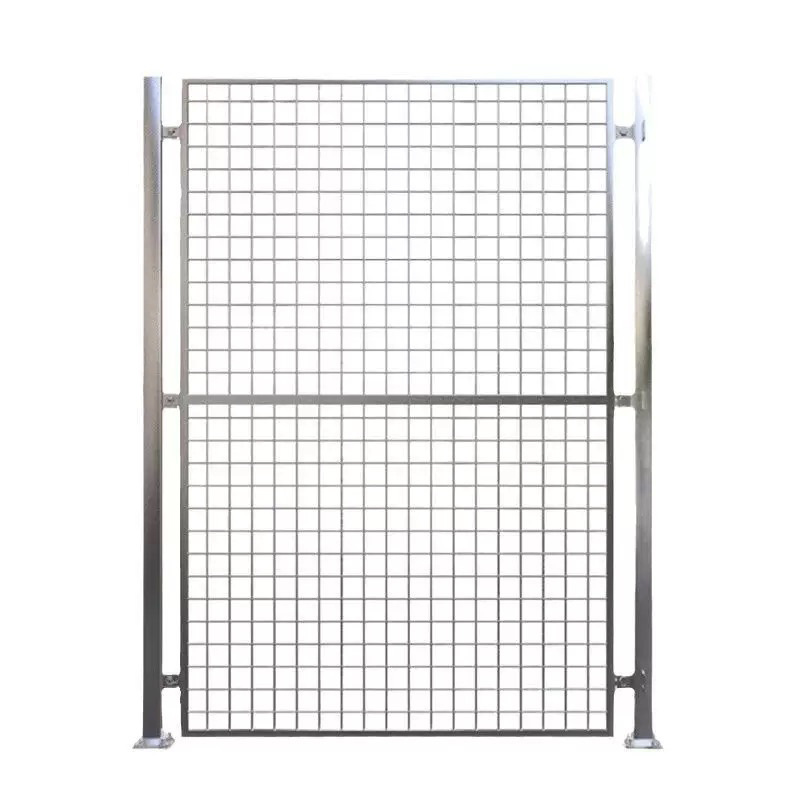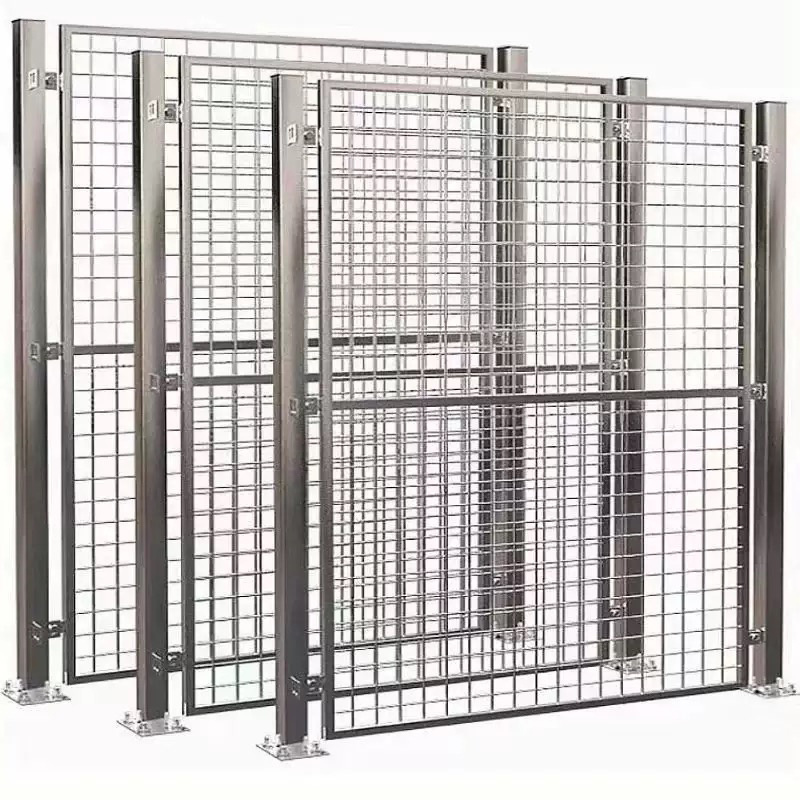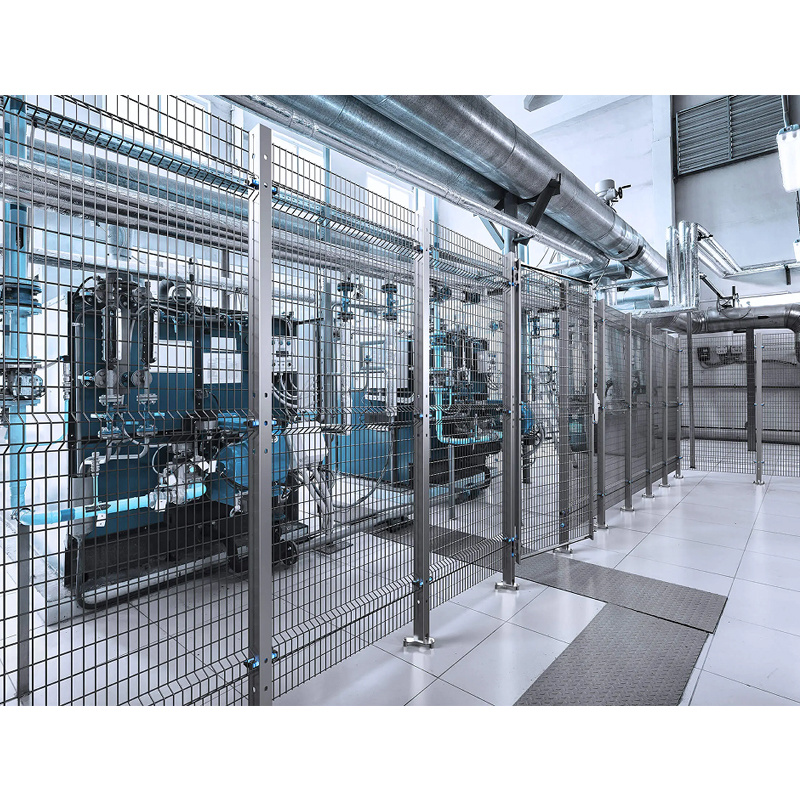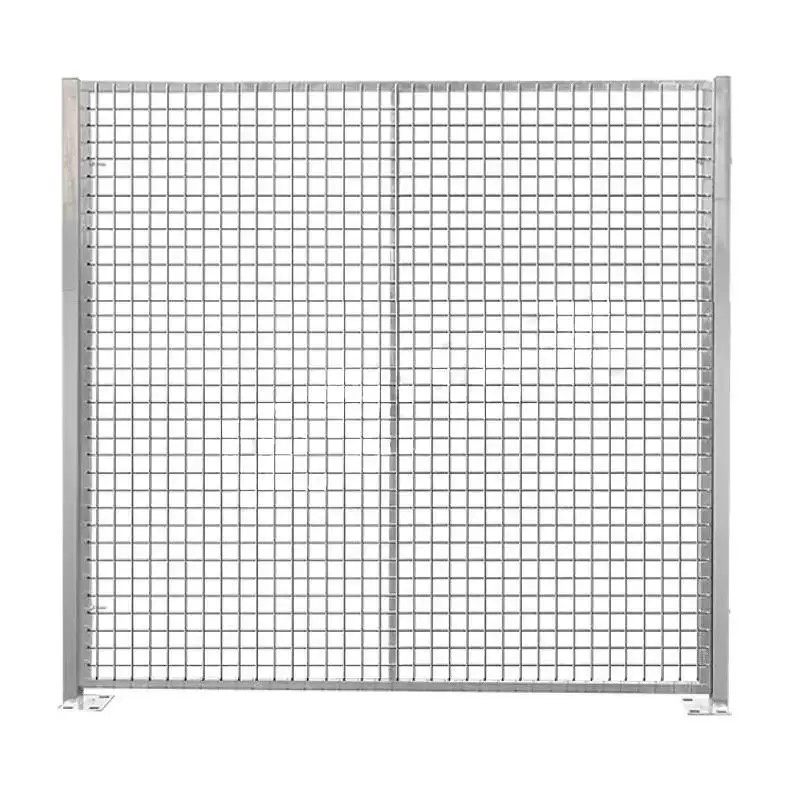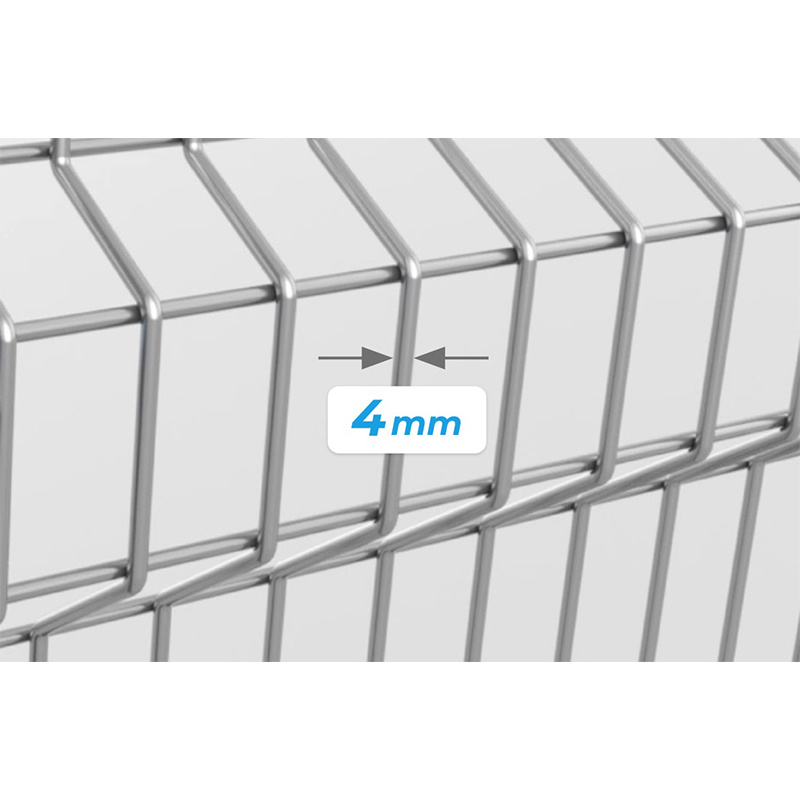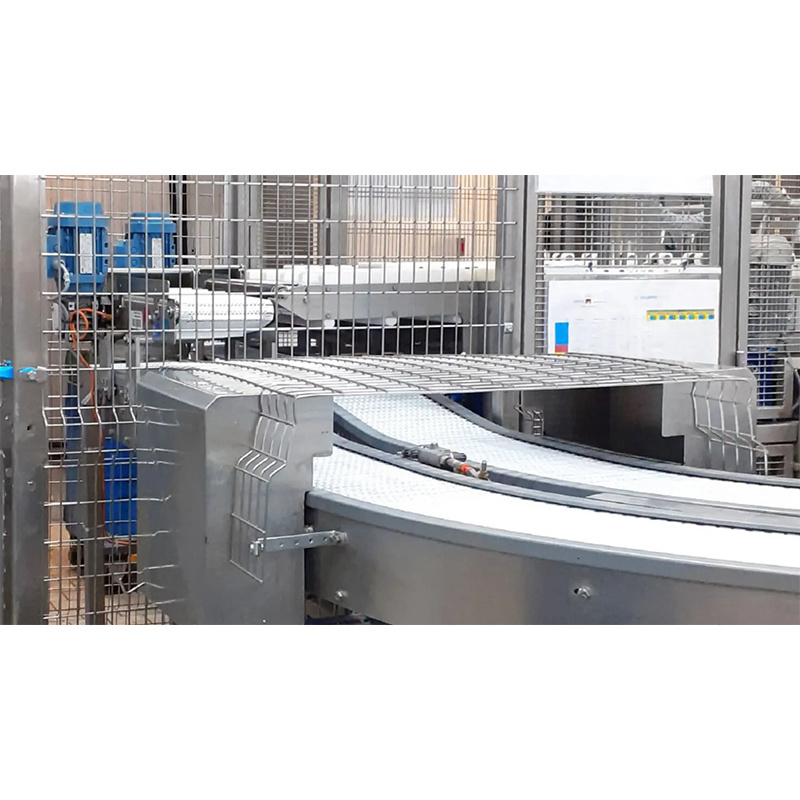Enhancing Workplace Safety with Effective Fencing Machine Guarding
Release Time:
Aug 07,2025
In industrial and manufacturing settings, the implementation of safety fencing machine guarding is essential for maintaining a secure working environment. These protective barriers are designed to prevent unauthorized access to hazardous areas where machinery is operating, thereby reducing the risk of accidents and injuries. By effectively enclosing dangerous machinery, safety fencing serves as a
In industrial and manufacturing settings, the implementation of safety fencing machine guarding is essential for maintaining a secure working environment. These protective barriers are designed to prevent unauthorized access to hazardous areas where machinery is operating, thereby reducing the risk of accidents and injuries. By effectively enclosing dangerous machinery, safety fencing serves as a physical barrier that discourages worker proximity to high-risk zones.
One key benefit of safety fencing machine guarding is its ability to provide a visual warning to workers. Brightly colored fences or mesh materials not only highlight danger zones but also remind employees to remain cautious and vigilant. This visual cue is especially important in busy environments where distractions are commonplace. By enhancing awareness of hazardous areas, workers can make informed decisions and adhere to safety protocols.
Moreover, safety fencing can be tailored to fit specific machinery and operational needs. This means that businesses can customize the height, material, and design of their fencing to accommodate different types of equipment and workspace configurations. The versatility of safety fencing allows for integration into various setups, ensuring that the protection is both effective and practical.
Another significant aspect of safety fencing machine guarding is compliance with industry regulations. Many health and safety standards require businesses to implement appropriate safeguarding measures to protect workers. By utilizing safety fences, companies not only enhance the protection of their workforce but also demonstrate their commitment to regulatory compliance, which can positively impact their reputation and operational integrity.
It is also important to consider the maintenance of safety fencing. Regular inspections should be conducted to ensure that the fencing remains in good condition and free from damages. Any signs of wear and tear must be addressed promptly to prevent any potential breaches. In addition to ensuring the physical integrity of the fencing, training employees on the importance of these safety measures is vital. Workers should understand how to identify potential hazards and the role that fencing plays in their safety.
In conclusion, safety fencing machine guarding is a critical element in creating a secure workplace. By providing physical barriers, enhancing visibility, and ensuring compliance with safety regulations, these protective measures significantly reduce the risk of accidents in environments where machinery operates. Investing in effective safety fencing not only safeguards workers but also fosters a culture of safety that can lead to improved productivity and morale. Prioritizing safety is not just a regulatory obligation but a fundamental aspect of responsible business practices in any industry.
One key benefit of safety fencing machine guarding is its ability to provide a visual warning to workers. Brightly colored fences or mesh materials not only highlight danger zones but also remind employees to remain cautious and vigilant. This visual cue is especially important in busy environments where distractions are commonplace. By enhancing awareness of hazardous areas, workers can make informed decisions and adhere to safety protocols.
Moreover, safety fencing can be tailored to fit specific machinery and operational needs. This means that businesses can customize the height, material, and design of their fencing to accommodate different types of equipment and workspace configurations. The versatility of safety fencing allows for integration into various setups, ensuring that the protection is both effective and practical.
Another significant aspect of safety fencing machine guarding is compliance with industry regulations. Many health and safety standards require businesses to implement appropriate safeguarding measures to protect workers. By utilizing safety fences, companies not only enhance the protection of their workforce but also demonstrate their commitment to regulatory compliance, which can positively impact their reputation and operational integrity.
It is also important to consider the maintenance of safety fencing. Regular inspections should be conducted to ensure that the fencing remains in good condition and free from damages. Any signs of wear and tear must be addressed promptly to prevent any potential breaches. In addition to ensuring the physical integrity of the fencing, training employees on the importance of these safety measures is vital. Workers should understand how to identify potential hazards and the role that fencing plays in their safety.
In conclusion, safety fencing machine guarding is a critical element in creating a secure workplace. By providing physical barriers, enhancing visibility, and ensuring compliance with safety regulations, these protective measures significantly reduce the risk of accidents in environments where machinery operates. Investing in effective safety fencing not only safeguards workers but also fosters a culture of safety that can lead to improved productivity and morale. Prioritizing safety is not just a regulatory obligation but a fundamental aspect of responsible business practices in any industry.
Hot Products


